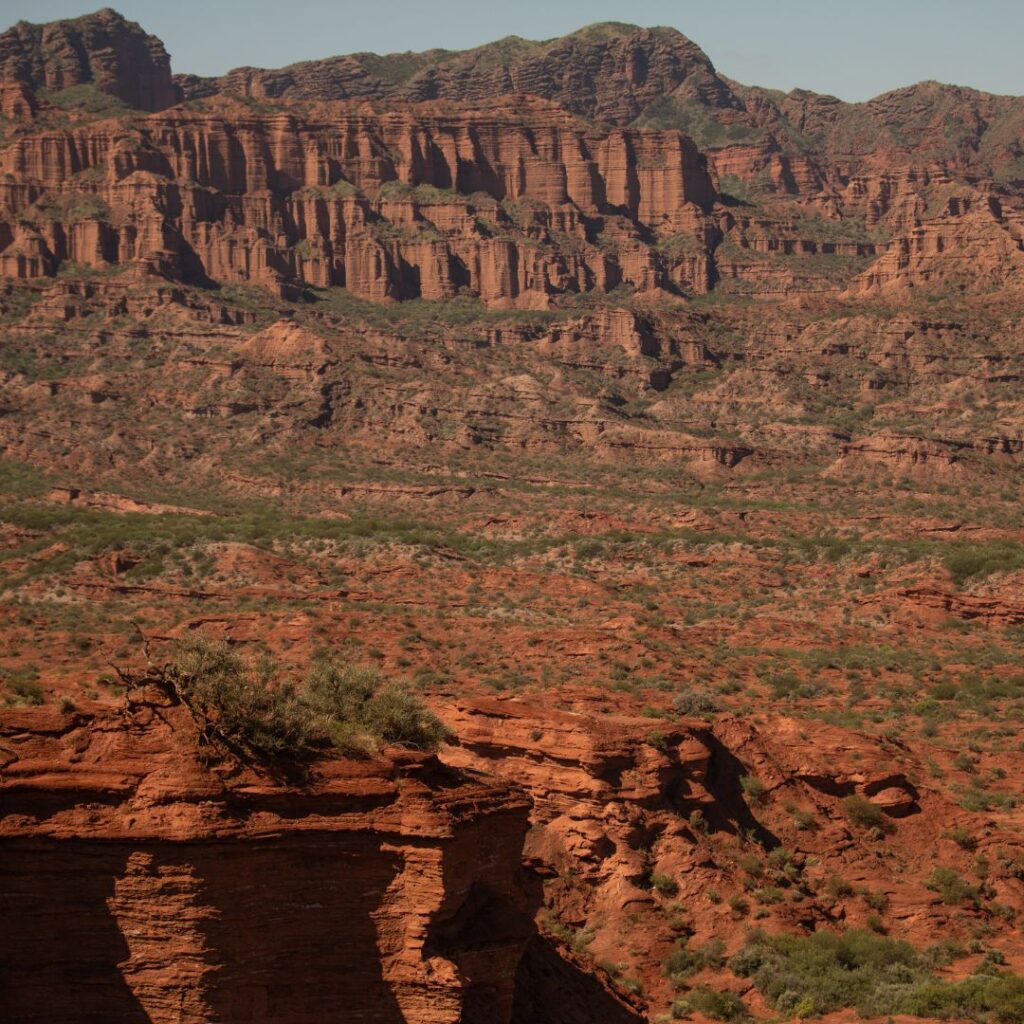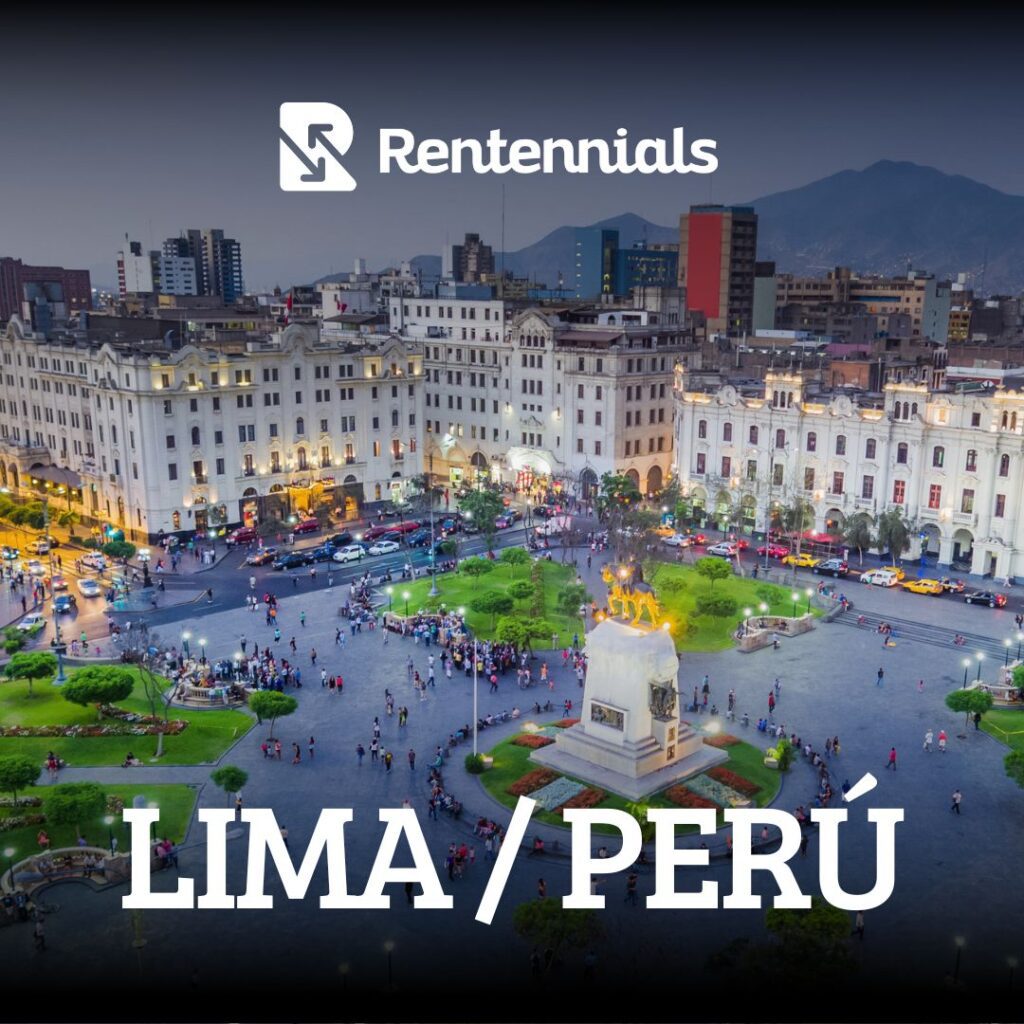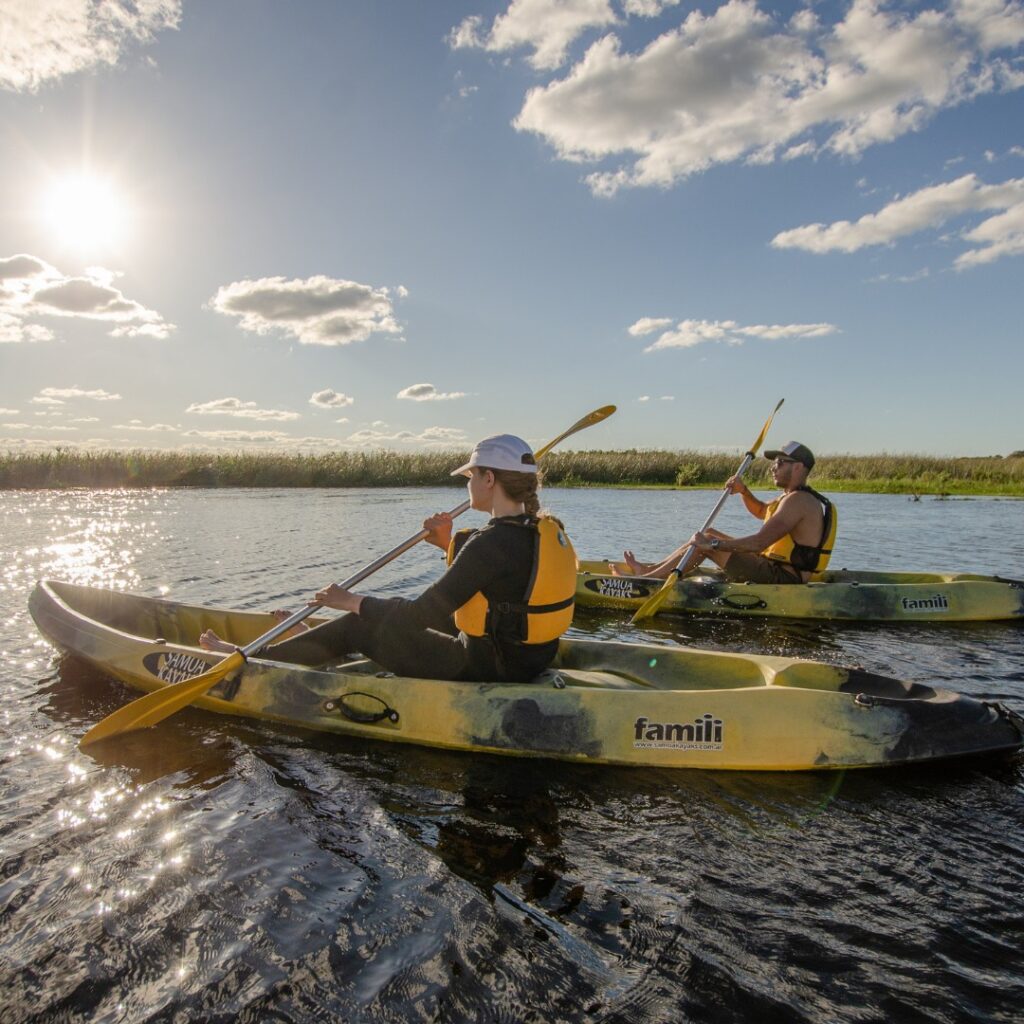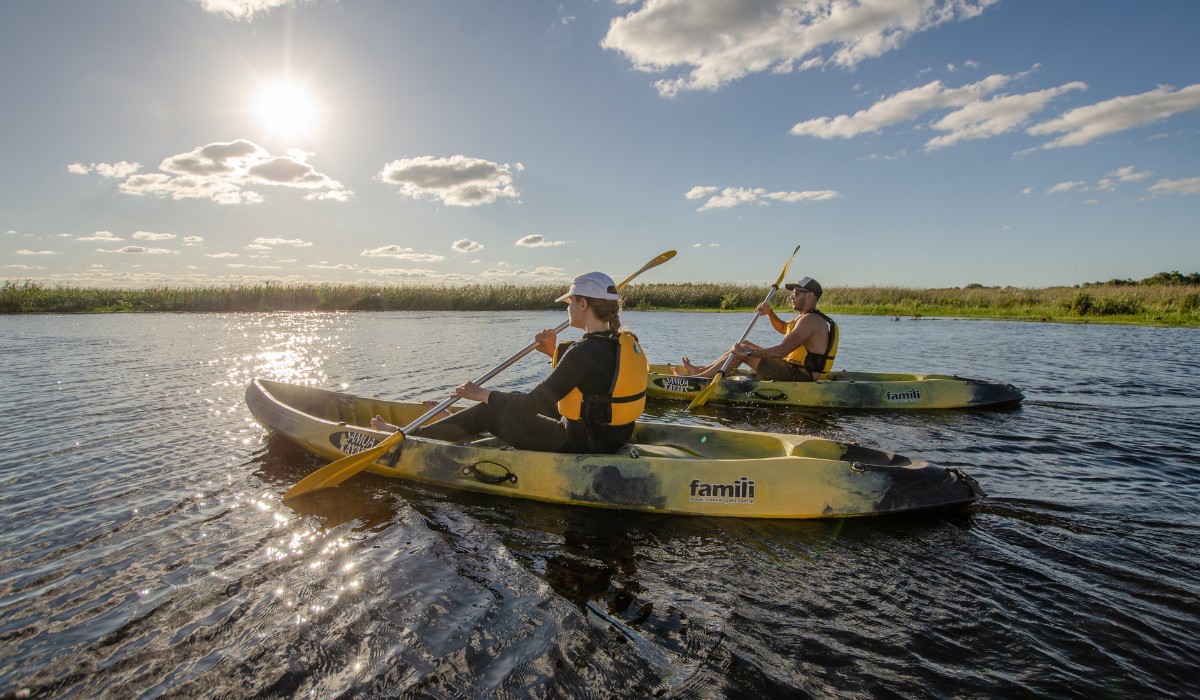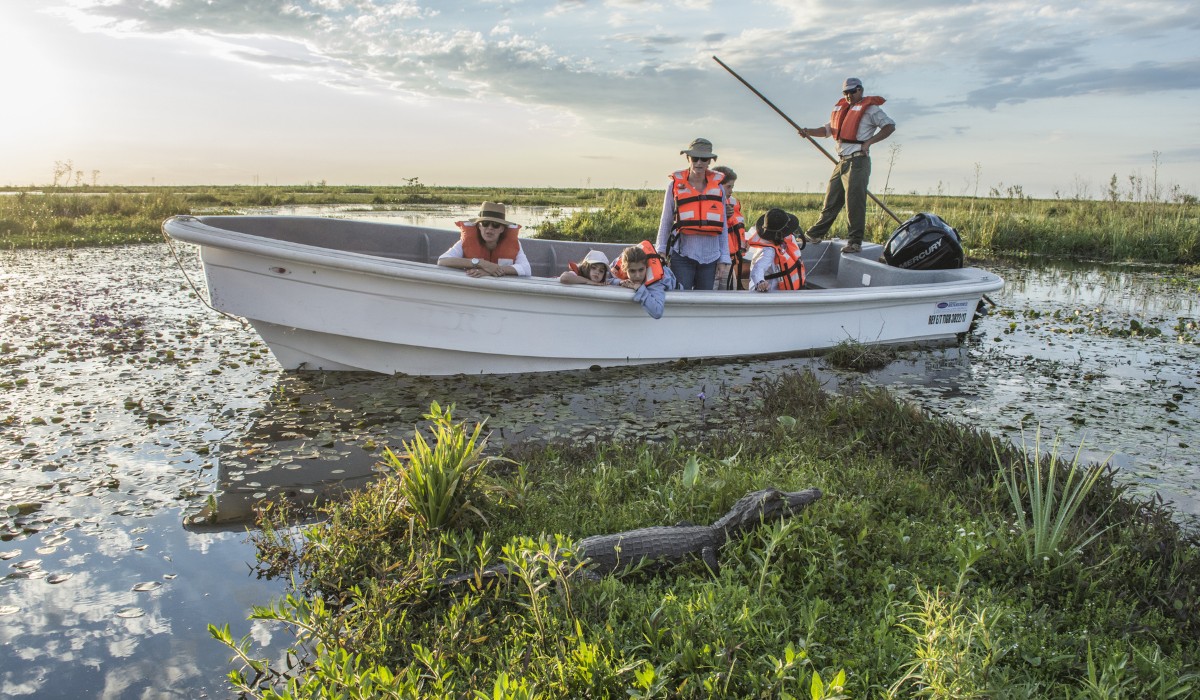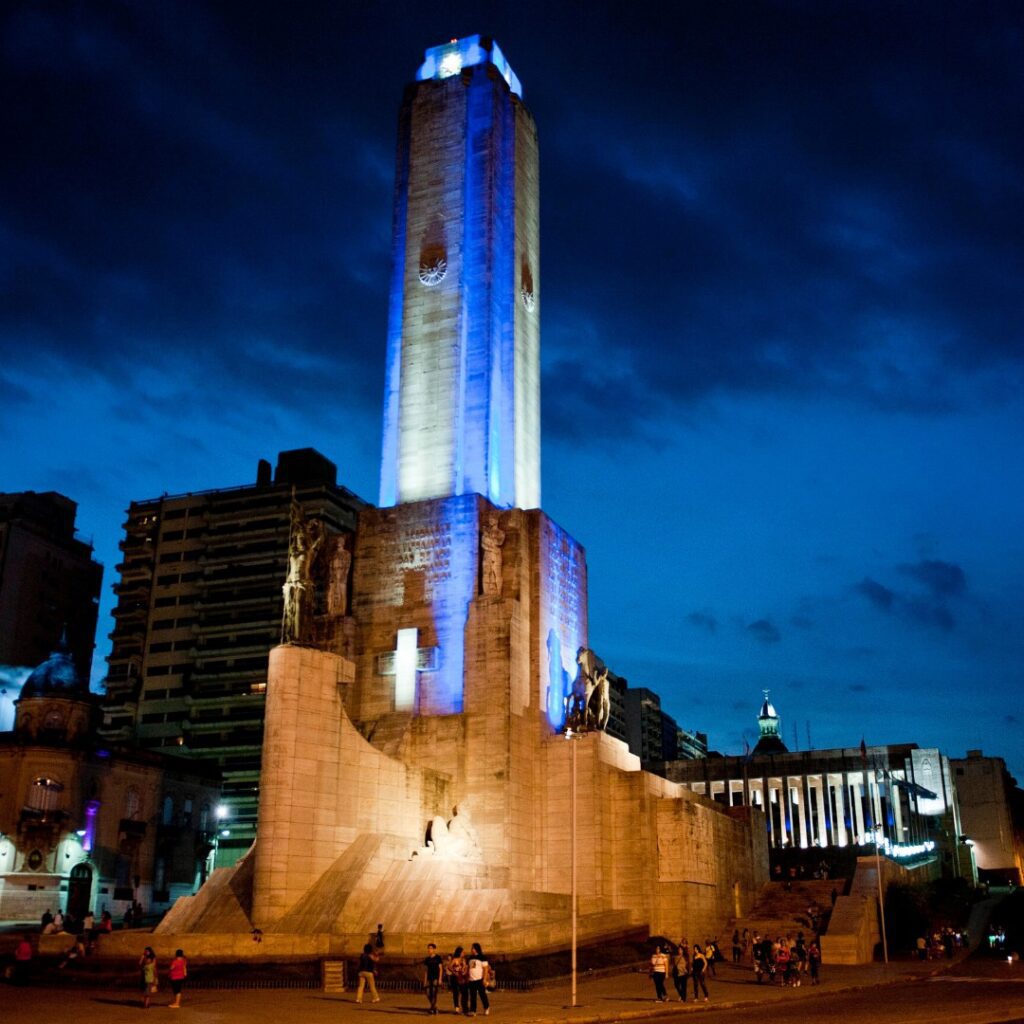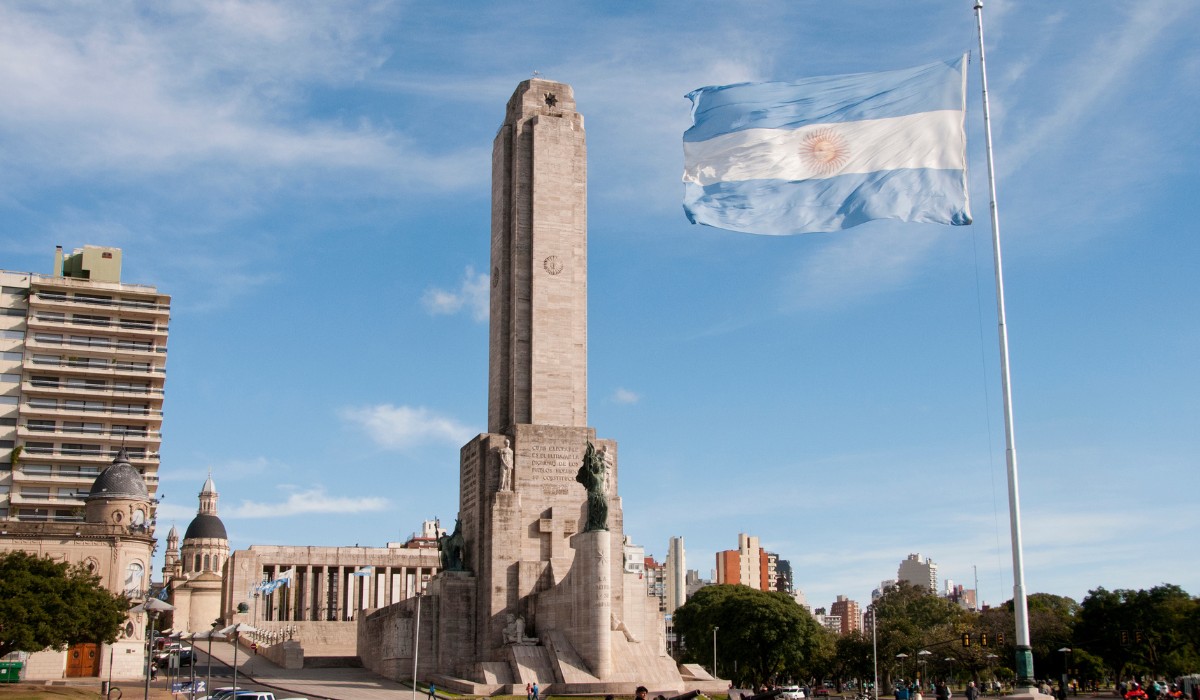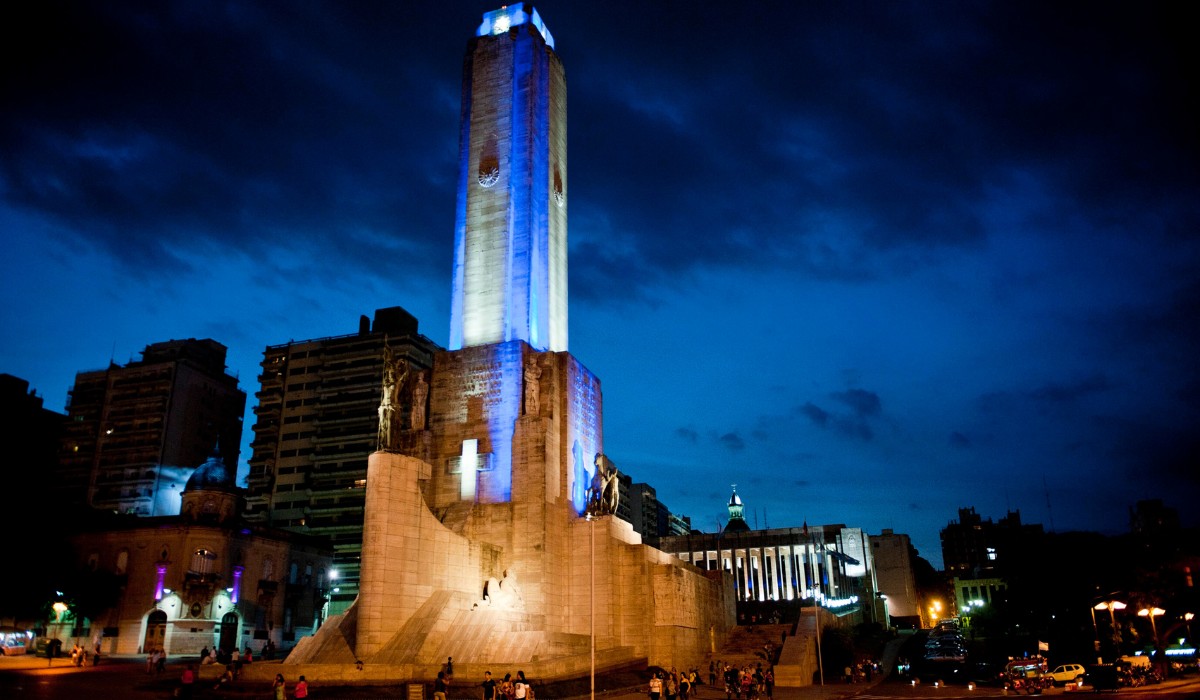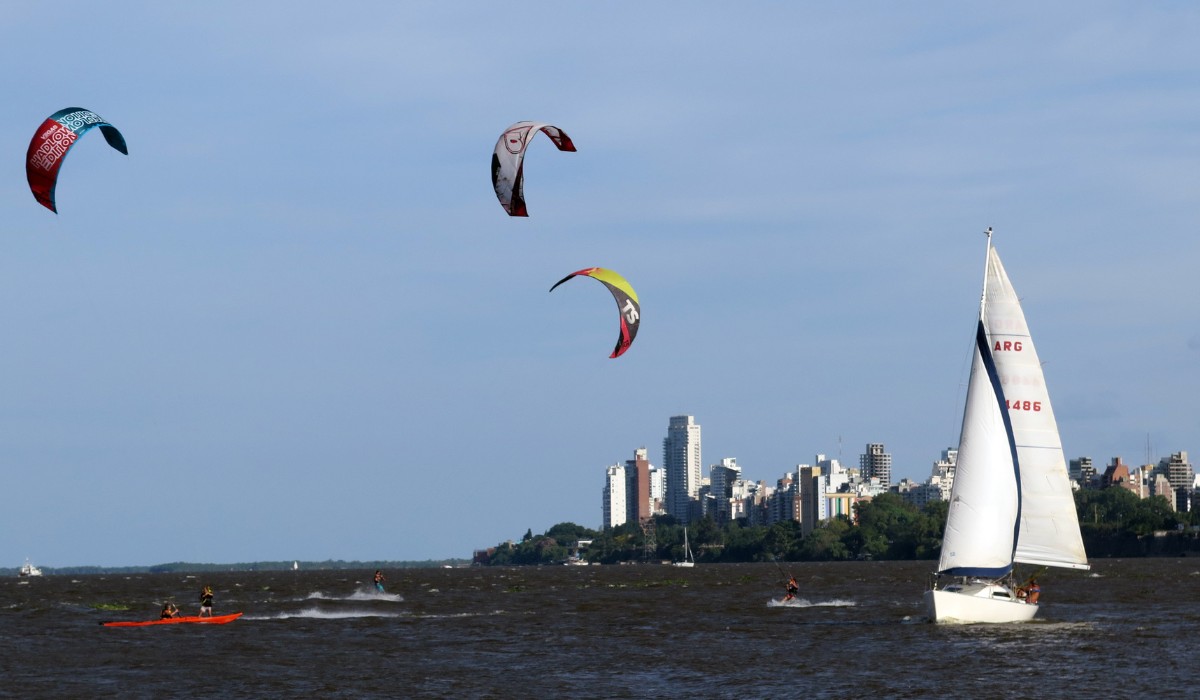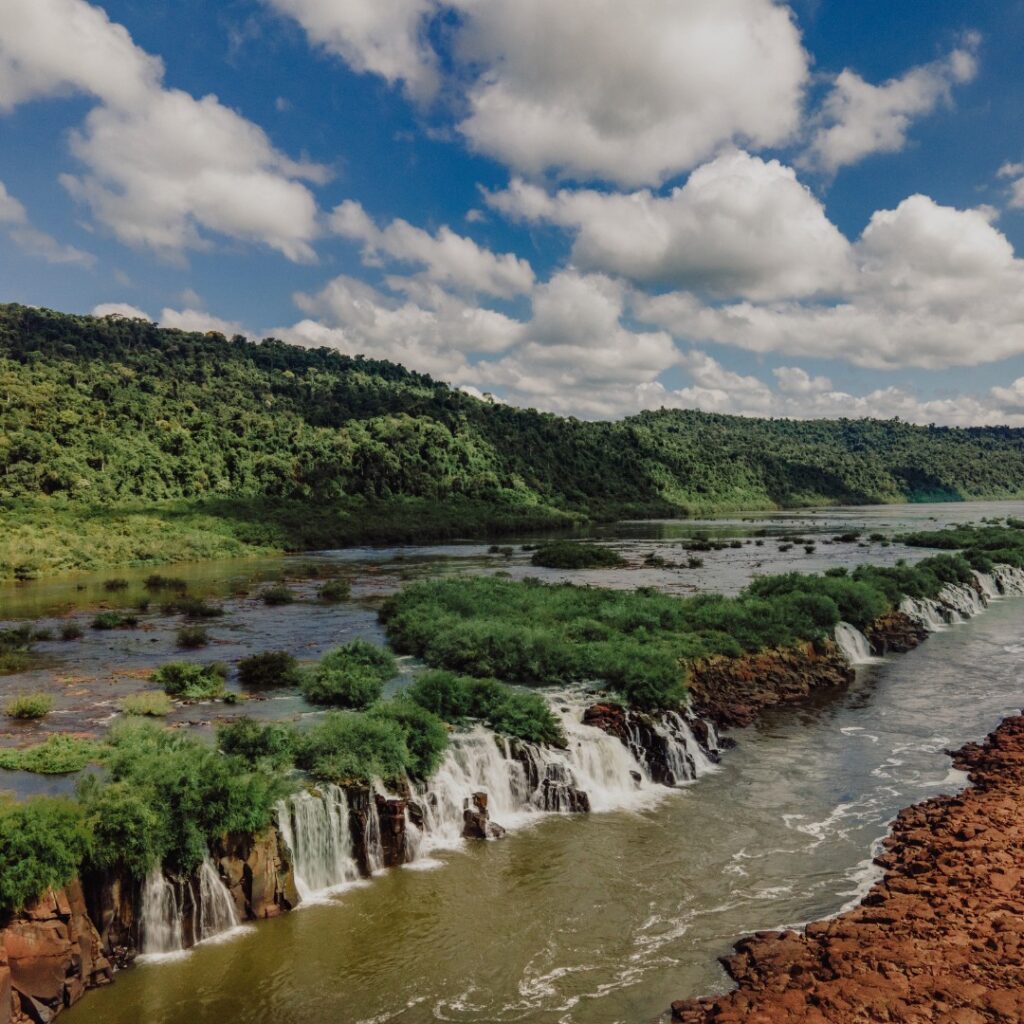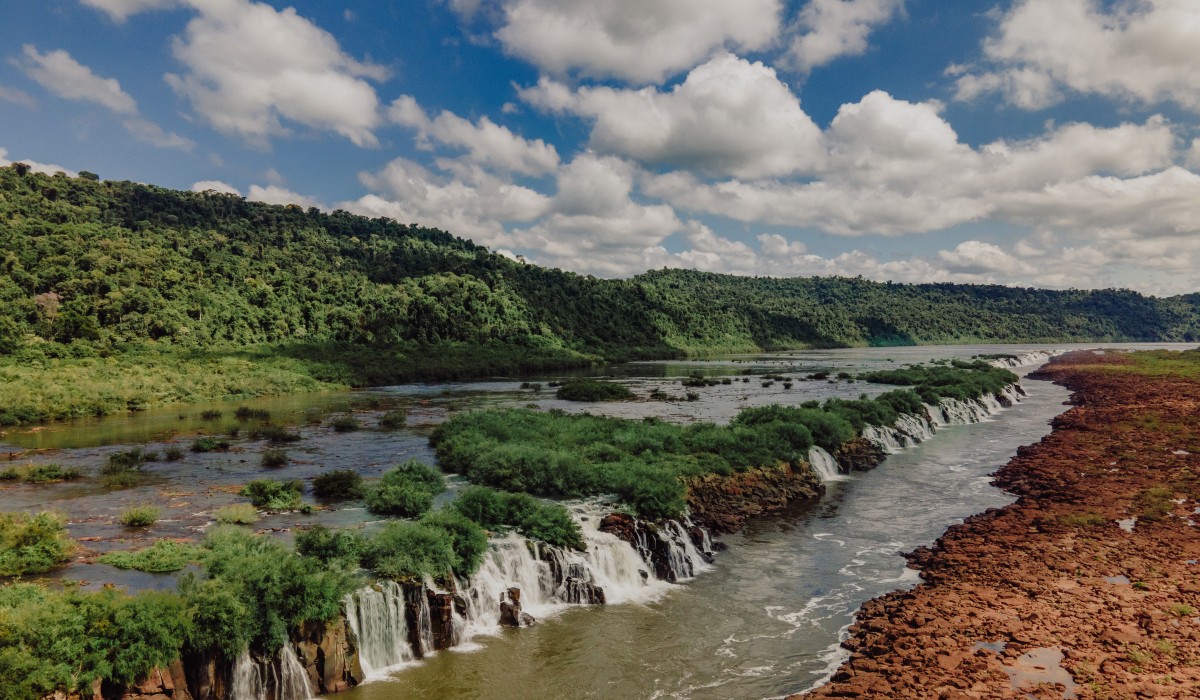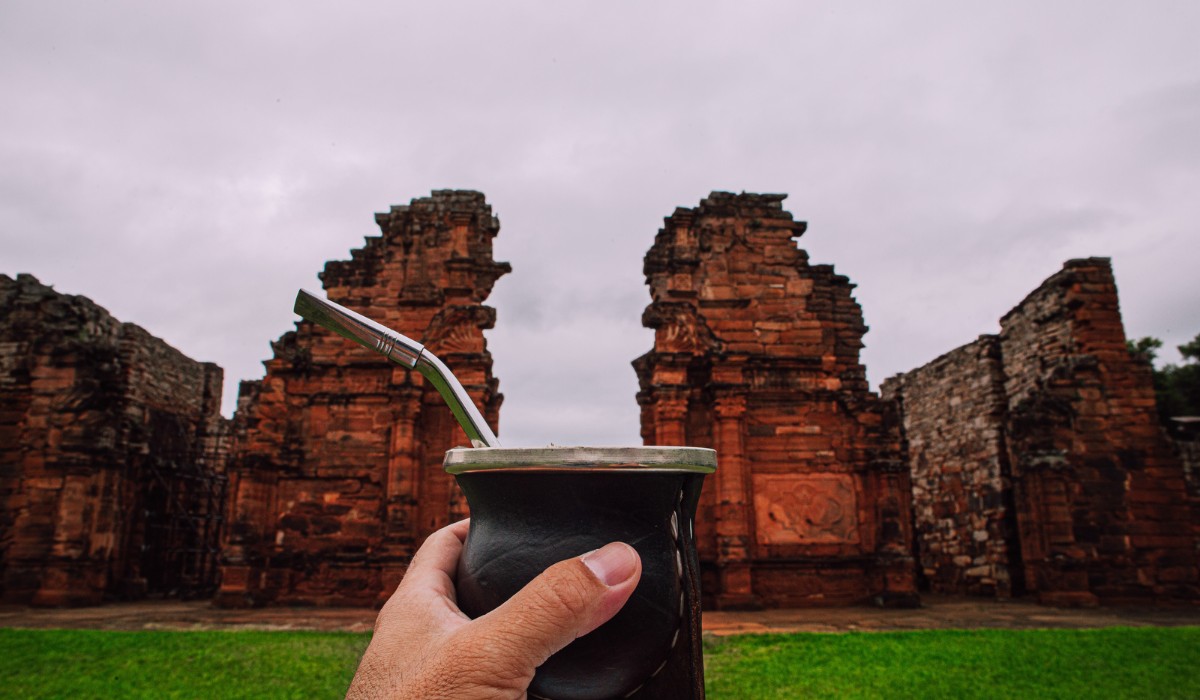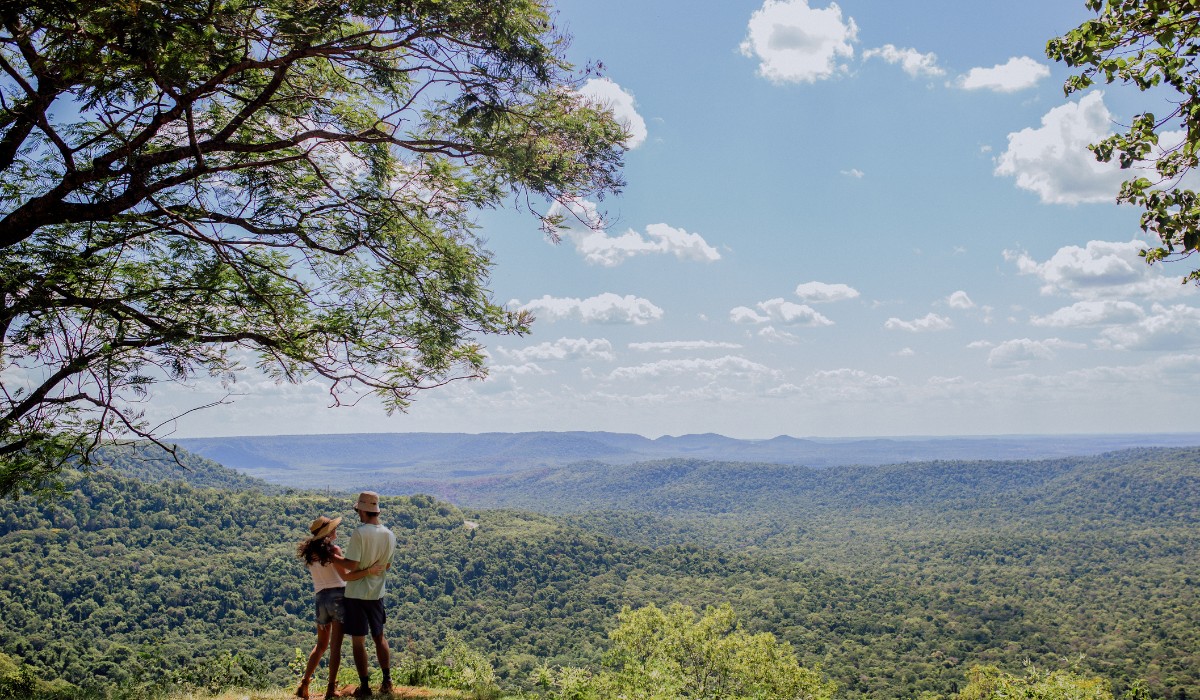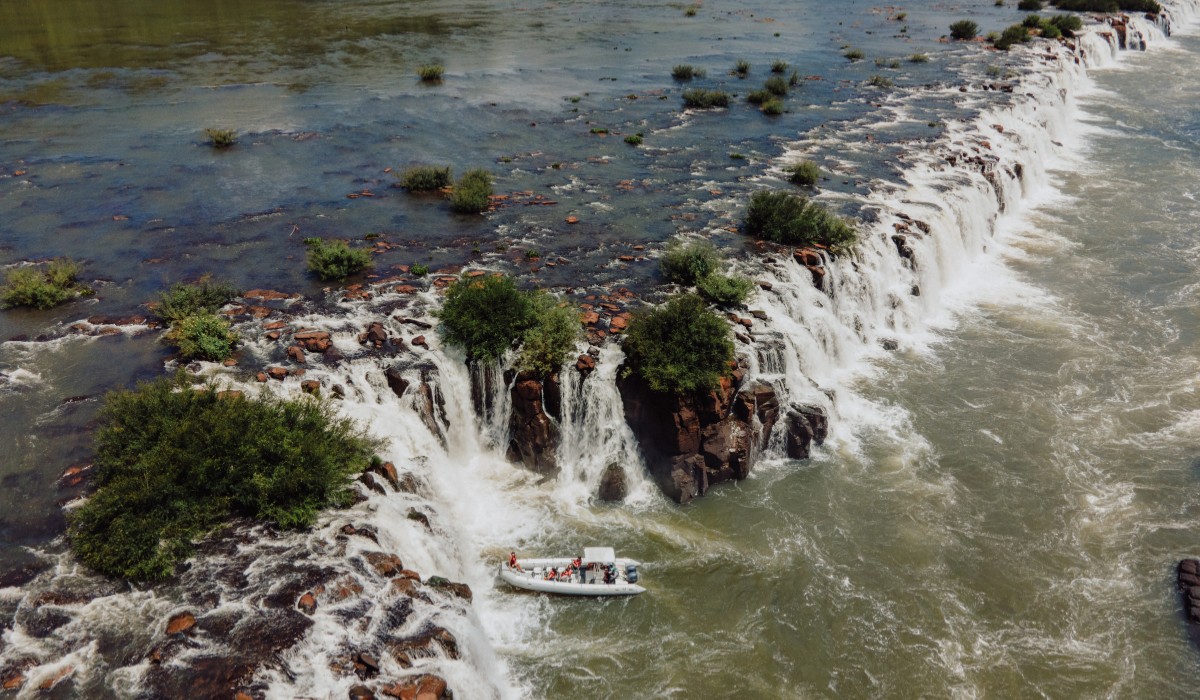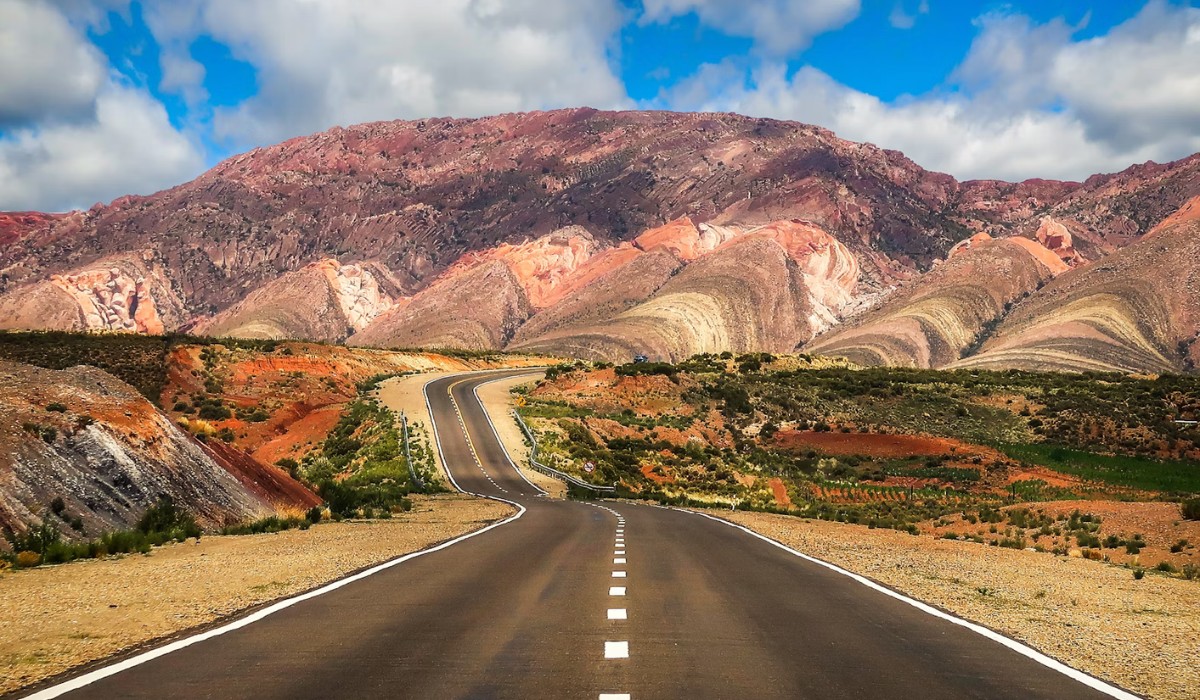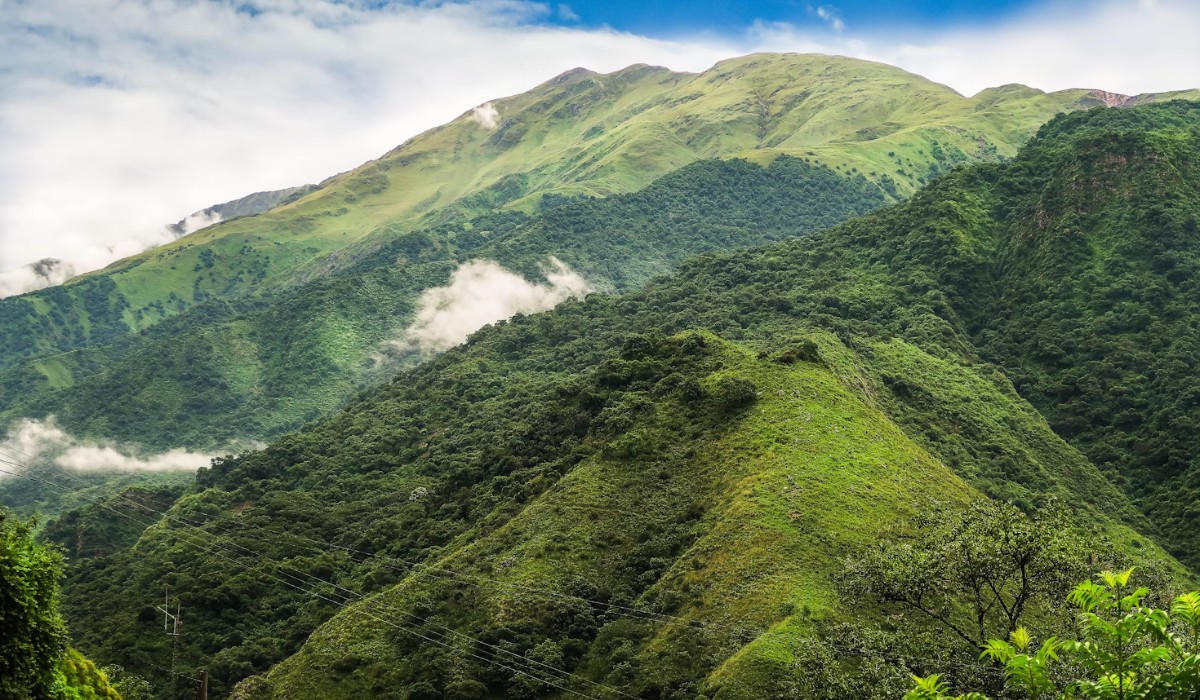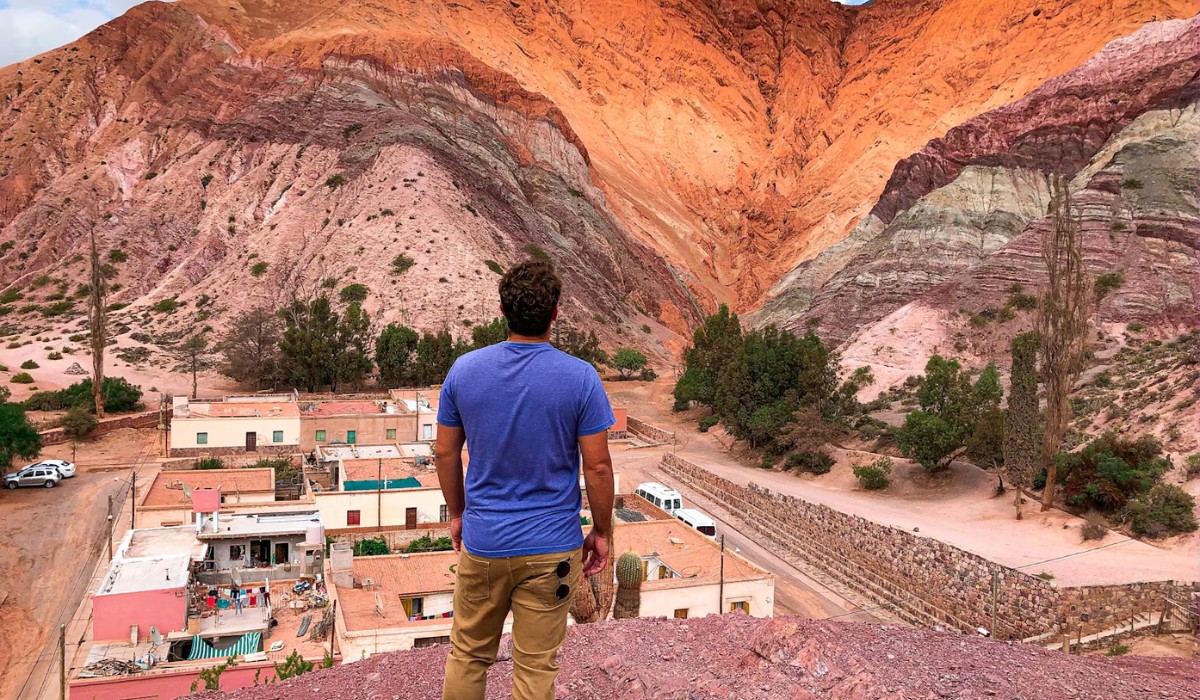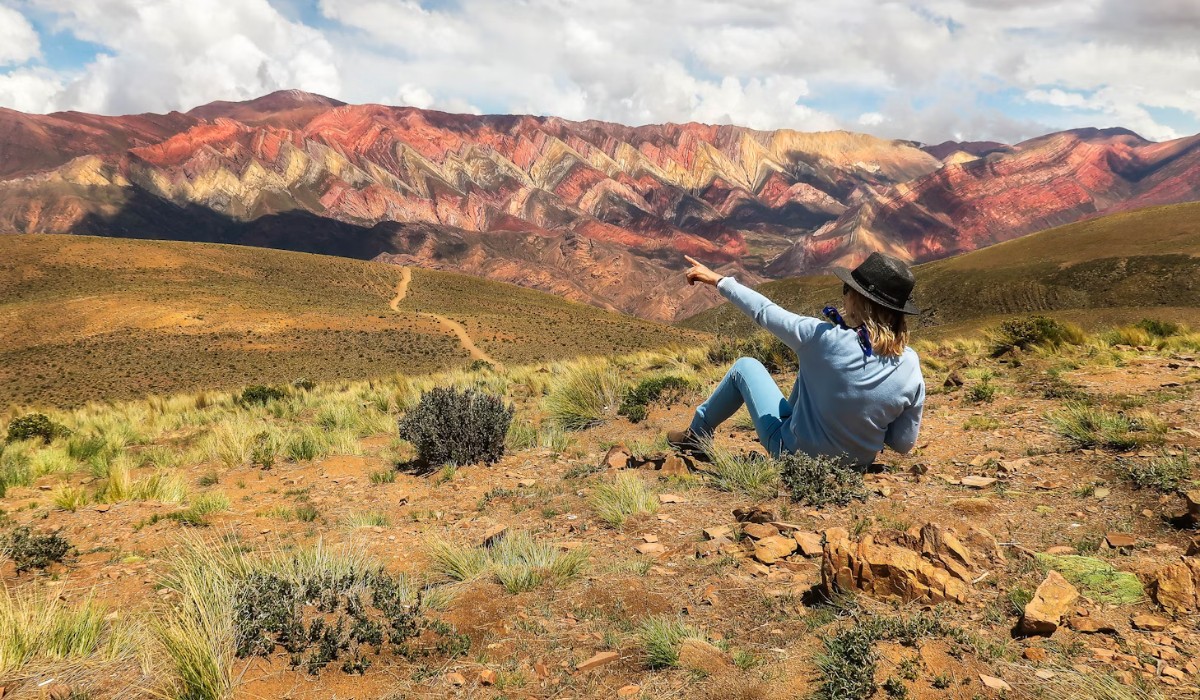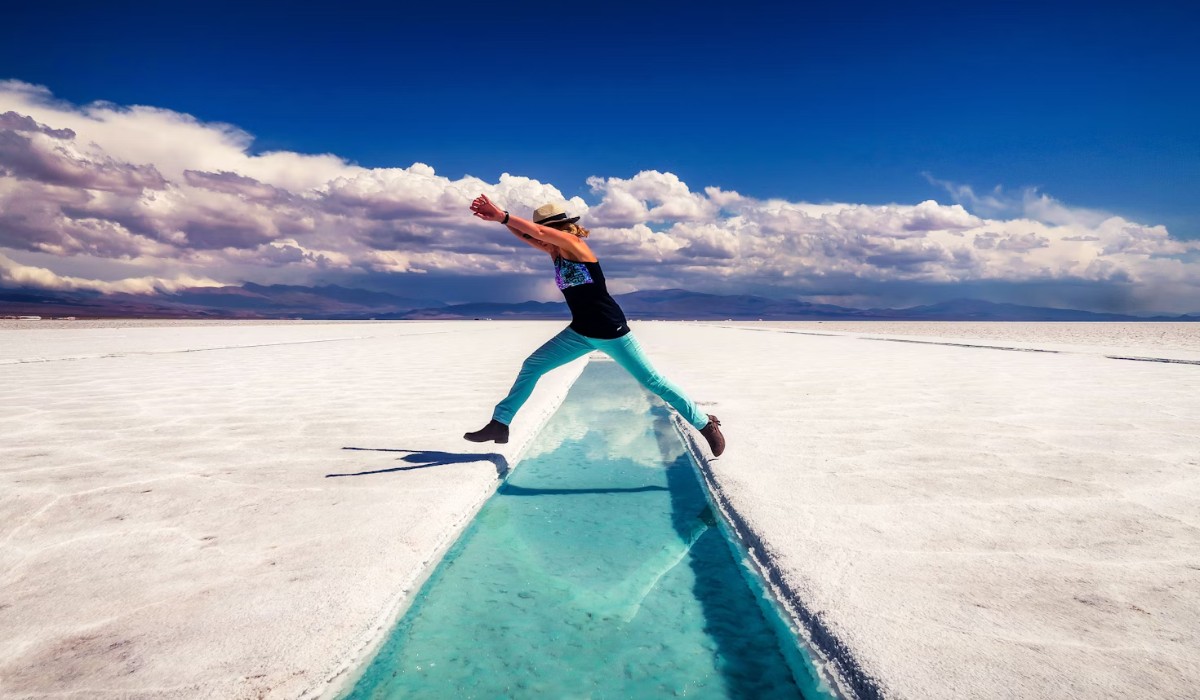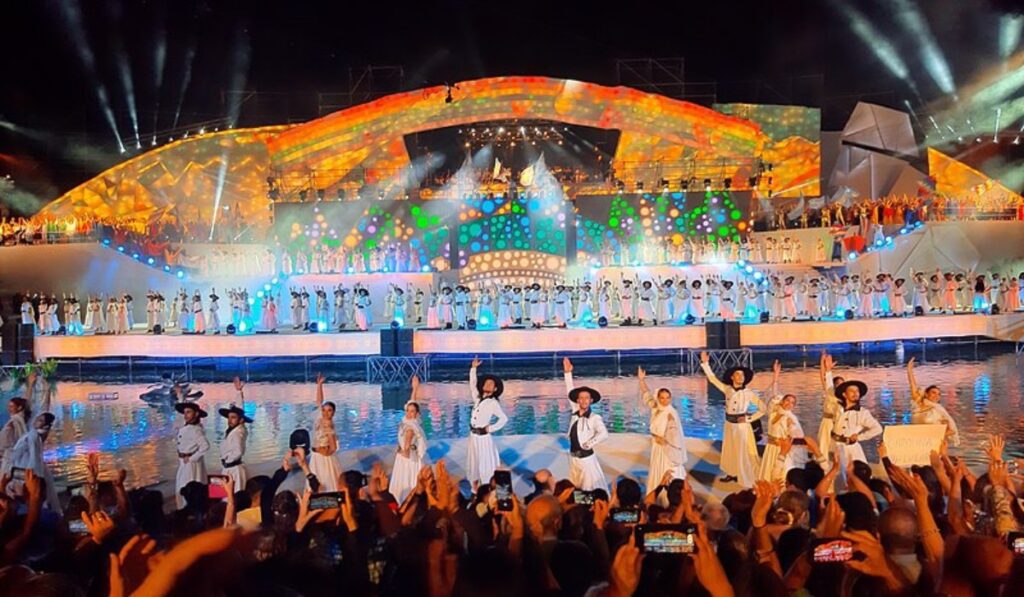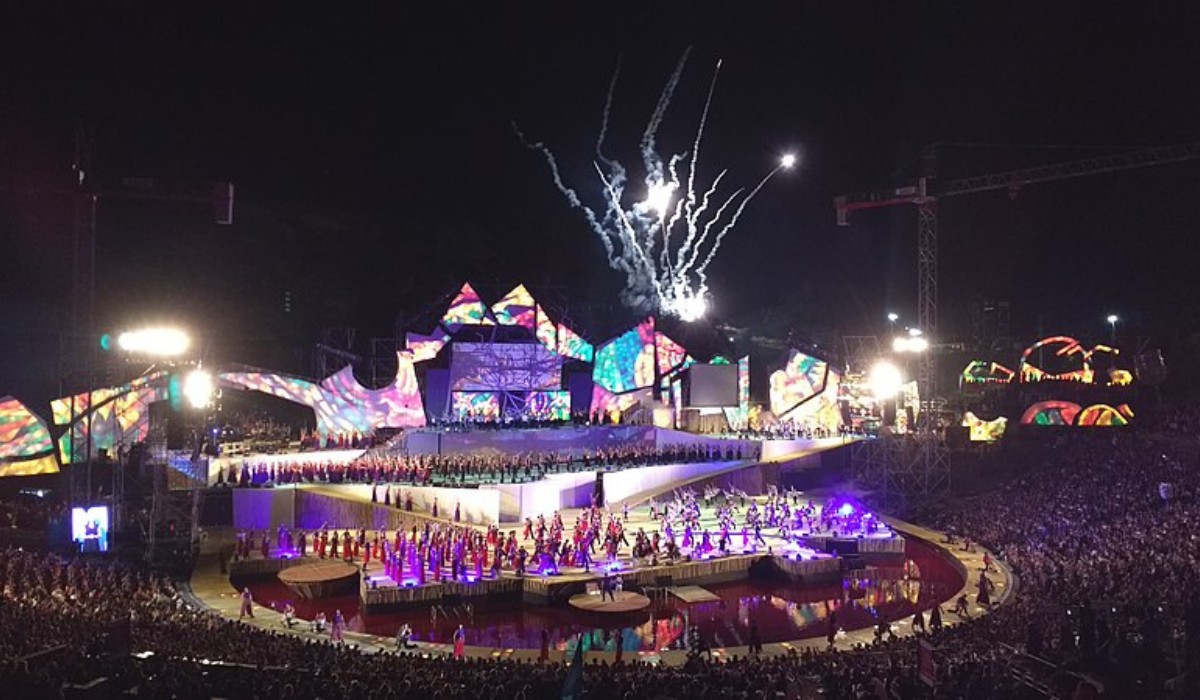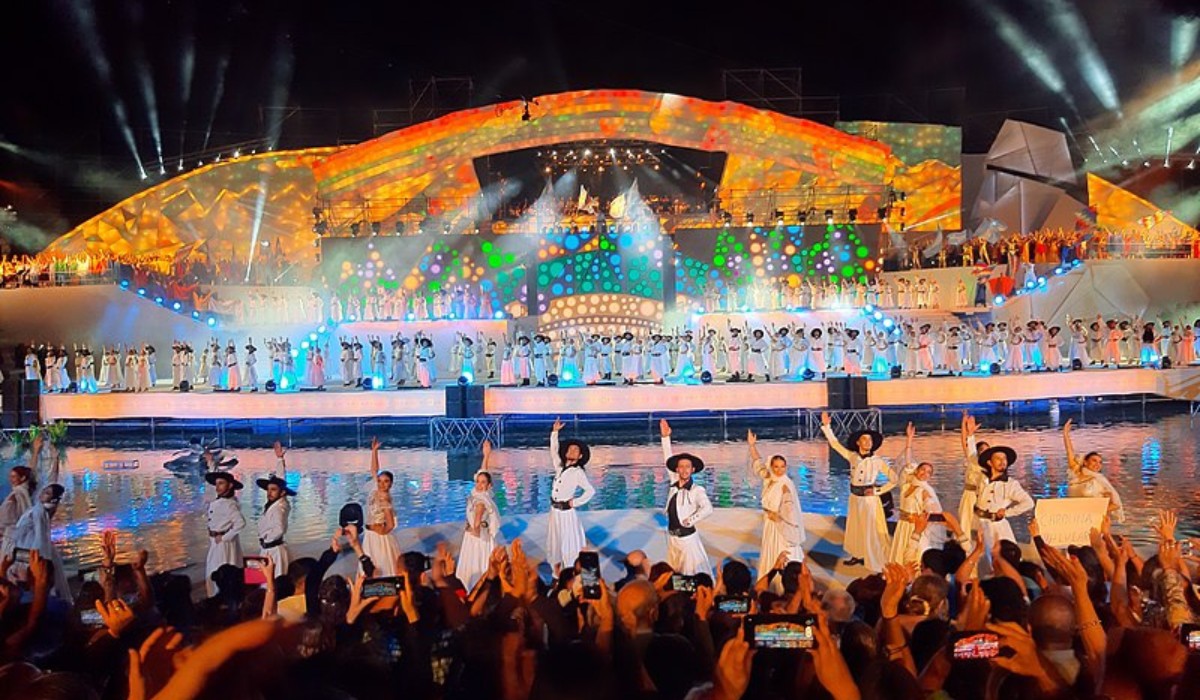Rentennials, the Argentine platform that connects vehicle owners with drivers, expands its carsharing model to Peru. With the support of ProInnóvate, it aims to consolidate shared mobility in the region and plans to triple its growth this year.
Rentennials, a private vehicle rental platform founded in Mendoza in 2022 by Andrés Puebla and Gerardo Germanó, was selected by ProInnóvate Perú to receive a US$ 40,000 fund that will finance its entry into the Peruvian market.
The measure takes place in a context of accelerated growth of carsharing in the region. According to data from Kushki and Statista, the carsharing industry in Latin America generated US$66.2 billion in 2022 and is estimated to have grown by 18% in 2024. At the moment, Peru and Chile stand out among the markets that drive this trend.
In Argentina, Rentennials, the “Airbnb of cars”, facilitated transactions for $600 million, integrating more than 800 owners who, together, recorded revenues for an average of $480 million, and operates in more than 10 cities. According to data provided by the company, the company expects to triple its growth this year, increasing its operations in the United States, Peru and Argentina. Rentennials aims to contribute to shared mobility through the use of electric vehicles and the implementation of user and owner validation processes, in addition to offering a corporate rental service.

Rentennials works through a mobile app or web platform, which offers a wide variety of searches for tourists, by time of use, locations and type of vehicle, among others. These users must be over 25 years old, have a credit card with available balance for blocking franchises, and must take a photo of their driver’s license, which must not be expired so as not to be rejected by the owner. The process is 100% paperless through a PC or mobile, which results on average between 20% and 40% cheaper than a classic rent a car, the company assures.
The Rentennials business model is based on charging 20% of the total reservation and the remaining 80% is charged by the owner directly with the renter, either in cash or transfer.

“Rentennials’ first idea was to create a rental community for all kinds of products that people have at home and rarely use, such as tools, camping, free time, sports, sound. But when we saw that mobility in the world was changing and in many places it no longer made sense to own a car, we decided to focus solely on that niche,” Germanó said in a newspaper article about the beginnings.
The selection by ProInnóvate Perú adds to a series of previous financing, including an investment of US$ 100,000 in the development of the platform and the support of the Chilean fund AceleraLatam.
Read full article: https://www.forbesargentina.com/negocios/el-airbnb-autos-levanta-capital-startup-mendoza-opera-estados-unidos-ahora-llega-peru-n68094
